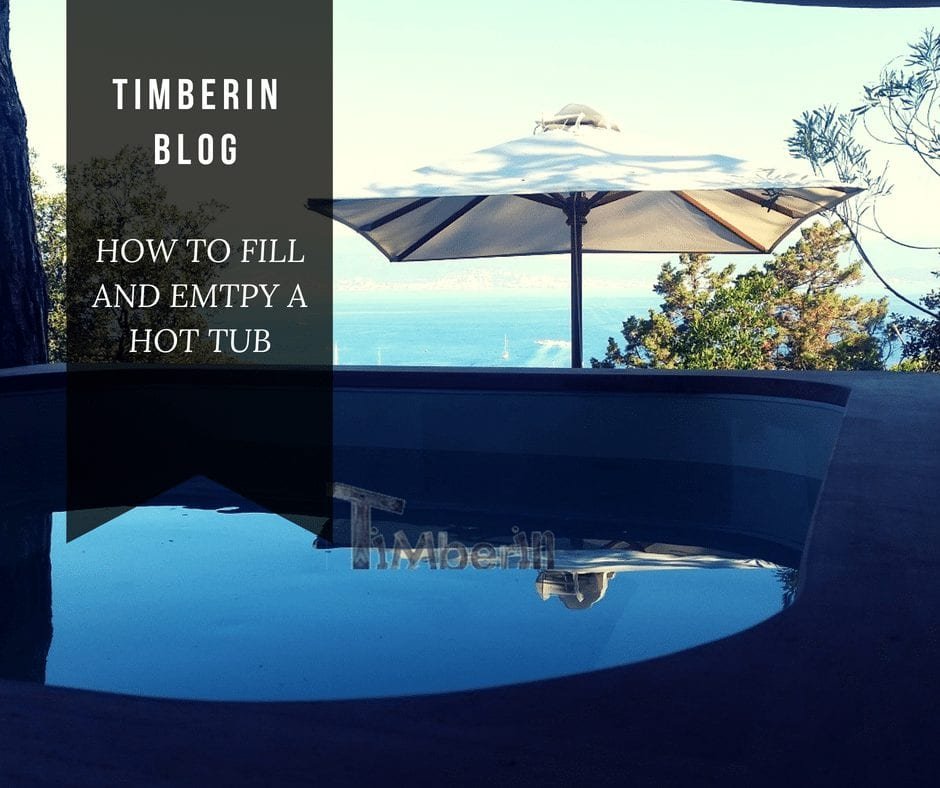
- Power OFF at the breaker or isolation switch.
- Confirm the drain valve is closed and caps are seated.
- Check the filter basket is clean and correctly fitted.
How to Fill a Hot Tub
- Rinse and inspect: Remove leaves and grit. Rinse the shell and wipe dry around unions and valves.
- Attach hose + prefilter: Prefilters help if you have hard water or sediment.
- Fill slowly: Watch for drips at fittings. Stop if leaks appear and reseat the joint.
- Set water level: Keep water just above the highest jets so intakes stay covered.
- Prime circulation: Open air valves for a few seconds to purge air, then close and start the pump.
- Balance & sanitize: Adjust pH (7.2–7.8) and alkalinity. Add non-foaming sanitizer and start heating (compare systems in hot tub water care options).

How to Empty / Drain a Hot Tub
Always power the unit off before draining. Use the built-in drain valve or a submersible pump. Direct water to a safe runoff or sewer—avoid flooding the foundation or garden beds. If your tub is built-in, confirm access and outflow routing (see guide to sunken hot tubs).

Winterizing (If Not in Use)
- Power off. Fully drain the tub.
- Blow out lines with a wet/dry vacuum.
- Open all drain caps, remove residual water, and dry the shell.
- Fit a tight insulated cover. Check monthly for water ingress.
More seasonal tips: winter hot tub care.

Related Guides (Internal Links)
- Winter Hot Tub Care — Freeze protection, draining, and cover tips.
- How a Wood-Fired Hot Tub Works — Heat-up behavior and safe operation.
- Guide to Sunken Hot Tubs — Drainage planning and access panels.
- Hot Tub Maintenance — Filters, sanitizing and covers.
- Best Wood for Outdoor Hot Tubs & Saunas
Key Safety Reminders
- Never run the heater without water flow.
- Keep children and pets away while filling or draining.
- Use non-slip footwear; wet decks are slippery.
- Dispose of drained water responsibly; follow local rules.
Conclusion
With the right sequence—rinse, fill, prime, balance, and careful draining—you’ll protect pumps, heaters, and fittings while keeping water clear and safe. Bookmark this guide and pair it with our winter care tips for year-round reliability.

